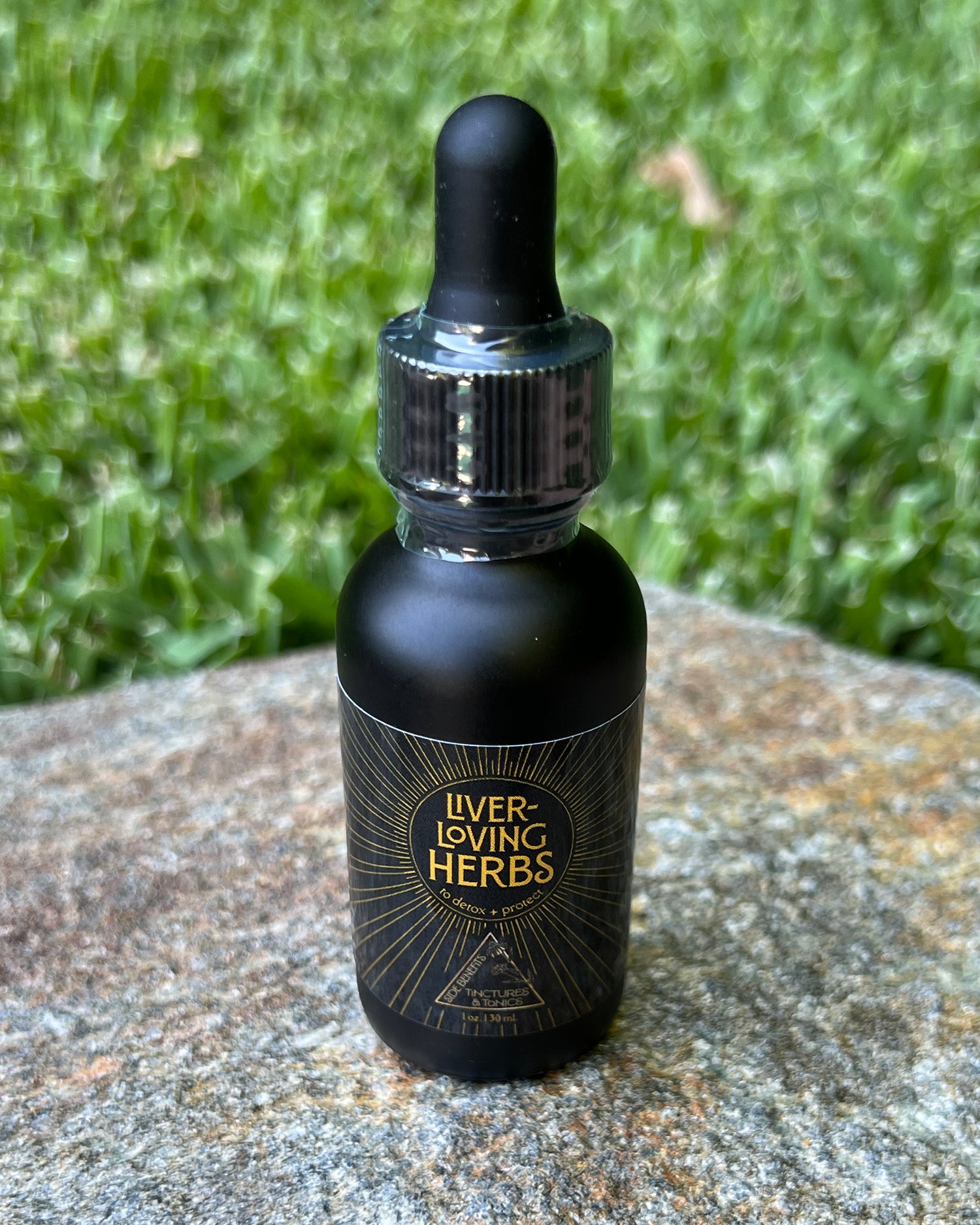Properly-raised and sustainably harvested meats are nutrient-dense foods supportive of gut health & hormone balance
Where it started
As a child of divorced parents, I grew up with two separate examples of eating in two separate households. My mom was more on the “crunchy” side – there was no processed food so we ate her homemade macaroni and cheese instead of Kraft, bean and cheese burritos (made from canned refried beans), no meat (other than the occasional cheeseburger from Jack in the Box), and lots of vegetables. My dad’s house on the other hand was all about Mexican-style food. Lots of homemade beans, spicy things, vegetables, and Santa Maria-style tri-tip. Both homes fed me very healthily but red meat never really resonated with me, so I chose early on to avoid it. In high school, my eating habits changed a bit when I gained the freedom to choose where and what I ate – and that ended up including a few cheeseburgers here and there from fast food places my friends were eating at. Again, I found it didn’t really resonate with me – this time for reasons such as animal cruelty…I just wasn’t into it.
How it went downhill
In college, I had the most food-choice freedom I’ve ever had, so my new vegetarian(ish) style of eating led me to the land of tofu. I ate tofu and soy-everything! I also felt good about this choice as it was the early-90s and the low-fat diet craze was still going strong. In my mind, tofu was low-fat and cruelty-free so it was a win-win food choice.
Wait, let me sidebar into low-fat land really quick! It all started when some cherry-picked research (which has since been proven otherwise) about fat and heart health was presented – essentially the first dietary guidelines Americans had ever received. As a result, Americans started eating more grains, sugar, and fake fats – who else had a bottle of “I Can’t Believe It’s Not Butter” spray always in the fridge? The myth that ‘fat makes you fat’ was perpetuated by the fact that fat is more calorically dense than carbohydrates or proteins. Meaning: 1 gram of fat provides 9 calories, while 1 gram of carbohydrate or protein provides 4 calories. So, when eating meat, you are consuming more calories with each bite and so you might overeat when you don’t feel full…but in reality, protein and fat are both satiating macronutrients, so you won’t eat too much because your body tells you that you’re full. Naturally occurring fats like those found in animal proteins and seafood (and also avocados, coconuts, nuts, olives, etc.) are essential for optimal health – it’s those highly processed and refined seed oils (like margarine, canola oil, vegetable oil, soybean oil, etc.) that are detrimental to our health. [end of sidebar]
All of this low-fat tofu-eating (and soybeans, and soy milk, and soy…everything) exacerbated my sensitive system (I have IBS and have always been lactose-intolerant). So. Much. Bloating. As for my hormones, consuming so many phytoestrogens only further contributed to my heavy periods, painful cramps, and PMS moodiness. I learned pretty quickly to cut back on the soy and go back to eating mostly chicken breasts and the occasional piece of fish – not ideal, but better sources of protein.
The more you know
Around age forty (better late than never), I started to re-evaluate my health and rethink my diet. I had ongoing IBS symptoms (bloating, gas, diarrhea), eczema all over my face, achy joints, thinning hair, and stubborn weight. I realized I should be upping my game in terms of nutrition but didn’t know how. I considered going “full vegan” and started eating an alkaline diet. My eczema did clear up but I still didn’t feel my best. Fast forward to my move to Los Angeles and my decision to attend the Nutritional Therapy Association (NTA) – here’s where I learned about HOW to fuel my body for optimal functionality!
With the help of the amazing curriculum at the NTA, I quickly learned that the quality of the food we eat dictates how well our organs and cells function. The body uses the nutrients we consume daily to make hormones, neurotransmitters and every single cell in our bodies – including the ones lining our gut. Once I understood that my chronic symptoms stemmed from my eating & lifestyle habits and lack of nutrients, I realized that incorporating red meat might just be the missing piece of the puzzle!
Protein is essentially the building blocks of everything in your body – cells, hormones, neurotransmitters, enzymes, skin, muscle…yep, everything. Lack of protein affects everything from mood to hormone imbalances, blood sugar dysregulation, and it even delays tissue repair. It is also essential for enzyme production as well as hormone function.
Protein-quality matters…a lot
When I chose to eat red meat – which is currently about once a week – I choose grass-fed and ideally, pasture-raised on a regenerative farm (check out Richard’s Grassfed Beef). Grass-fed beef is an incredibly nutrient-rich food, containing many essential amino acids in the most bioavailable form for humans. You should always strive to consume various animal products from animals that were properly raised and harvested, because protein quality matters just as much as quantity. High-quality animal proteins contain balanced essential amino acids and are more bioavailable – meaning your body is better able to digest and absorb them – without having to rely on ultra-processed protein powders.
Speaking of protein powders, know that the majority of products on the market contain synthetic added “vitamins and minerals,” which can often disrupt the balance of nutrients in the body and interrupt metabolism. The added gums, unnecessary ingredients, and chemical preservatives can also disrupt bioavailability of nutrients. Plant proteins lack bioavailability, contain anti-nutrients (defensive molecules designed to block nutrient absorption and irritate your tissues), and potentially glyphosate. Let’s take pea protein – while extremely popular – is not a complete protein, meaning it doesn’t contain all 9 essential amino acids. All legumes (including soybeans) are especially low in the sulfur-containing amino acids, cysteine and methionine. Some of the proteins in nuts and seeds are naturally difficult for humans to digest because of their they contain defensive molecules that are designed to irritate non-plant cells.
Sources of the most nutrient-dense, bioavailable protein
- Gelatinous bone broth
- Organ meats
- Pasture-raised eggs
- Grass-fed butter
- High-quality dairy (bonus if it’s raw)
- Grass-fed beef
- Lamb
- Bison
- Pasture-raised chickens
- Shellfish/wild-caught fish

Bioavailable nutrients obtained from animal protein
| Iron – heme-iron (best absorbed) is a mineral needed to make red blood cell and to transport oxygen around the body | Iodine – needed to create thyroxine (T4 hormone) and triiodothyronine (T3), two of the main hormones produced by the thyroid |
| Selenium – an essential trace mineral that has both antioxidant and anti-inflammatory effects, especially because it’s required for the creation of glutathione (the body’s master antioxidant) | B12 – needed for nerve tissue health, brain function, and the production of red blood cells |
| Choline and other amino acids (methionine, carnosine, glycine, taurine, creatine) – amino acids are critical because they fuel white blood cells, support the immune system, help to build and repair muscle tissue, and metabolize the proteins from your food | Zinc and Copper – cofactor over 50 enzymes that aid in metabolism, digestion, nerve function and many other processes. The body needs zinc for optimal immune function, protein & DNA synthesis, reproductive function, tissue healing and for growth & development. Copper helps maintain healthy bones, blood vessels, nerves, and immune function, and it contributes to iron absorption. NOTE: having too much zinc without copper can result in a copper deficiency and decrease the body's ability to utilize zinc |
| Vitamin A – needed for optimal functioning of the hormone cascade and also acts as an antioxidant, protecting the body against pollutants and free radicals |
Meat is delicious AND nutritious
Once you consider how food informs the systems in your body and keep your cells running optimally, consuming properly-raised meats makes a lot of sense. While eating a vegan, vegetarian or “plant-based” diet can be improved by incorporating targeted, bioindividualized supplementation, food is still the most bioavailable form of nutrients – the form your body recognizes as optimal fuel. But since a large majority of Americans show some form of metabolic dysfunction, it’s clear that not a lot of thought is being put into fueling our bodies for optimal health.

My goal as a functional nutritional therapy practitioner, is to get your body to a place of thriving – not just surviving – by being strategic with nutrition and systemic support. I work 1:1 with clients (in-person or virtually) for a minimum of three months to give us time to discover the root causes of any underlying issues and begin to restore balance to the body. Essentially, I help my clients optimize their health with nutrient-dense whole foods, customized supplements, and simple lifestyle adjustments. Reach out if you’re interested in working with me!






